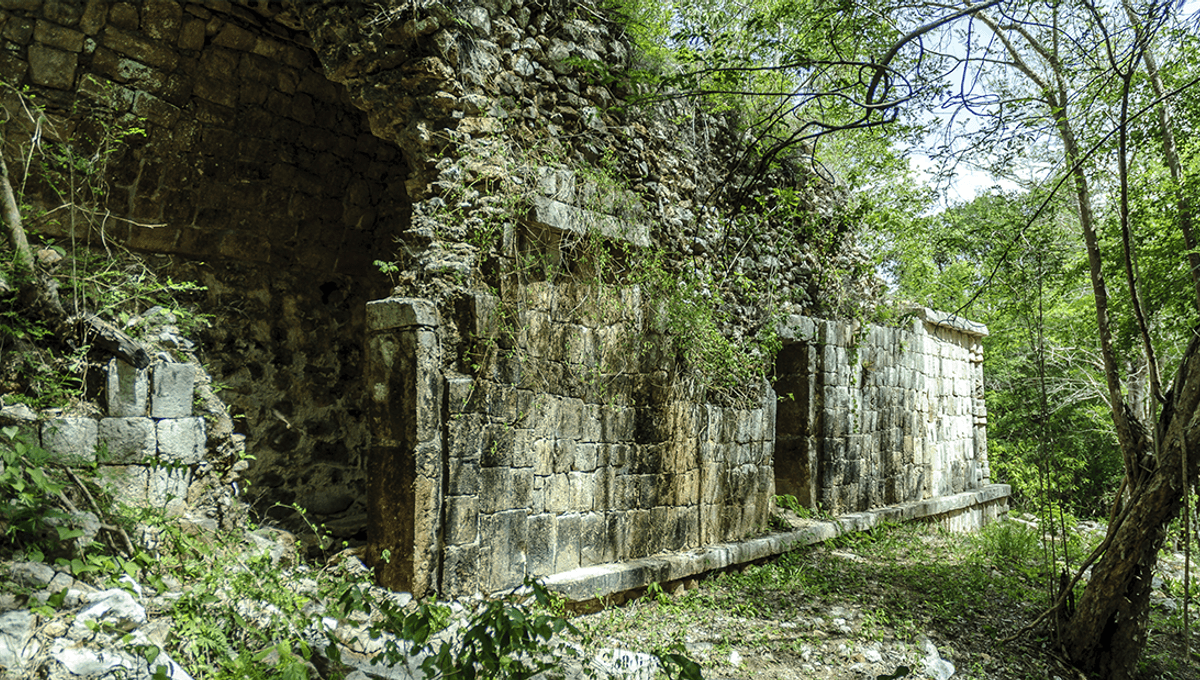
Researchers in Mexico have uncovered the lost ancient Maya city of Sak-Bahlán, locating it using information outlined in a letter written in 1698 CE.
After the Maya people known as Lakandon-Ch’ol were forced out of their capital, Lakam Tun (“Great Rock”) in 1586, they moved further into the jungle, creating the city of Sak-Bahlán, or the “land of the white jaguar”. There, they managed to live free from Spanish colonist interference for a century.
But in 1695, the Lakandon-Ch’ol’s luck ran out, as Friar Pedro de la Concepción discovered the city. Soon afterwards, the city was taken by the Spanish and renamed to a much less attractive Nuestra Señora de los Dolores (or “Our Lady of Sorrows”). Soon after that, by 1721, the city was abandoned, and lost to the jungle. Ever since then, nobody had been able to locate it.
But now, according to Mexico’s National Institute of Anthropology and History (INAH), it appears that the city’s remains have been identified. Using information about the city’s location from the time, including instructions on how to get there from Friar Diego de Rivas, a team of archaeologists were able to piece together the journey that they took and replicate it.
“I took information from the chronicle of Friar De Rivas, from 1698; for example, it tells how, that year, he and a troop of soldiers left Nuestra Señora de los Dolores (formerly Sak-Bahlán) and walked four days to the Lacantún River. They sailed for two days and arrived at El Encuentro de Cristo, where the tributary joins the Pasión River, and left their canoes and then walked to Lake Petén Itzá, in Guatemala,” Lozada Toledo, a researcher from INAH, explained in a translated INAH statement.
“From those places mentioned, which I had georeferenced, I made a conversion of the four days mentioned, from some point on the Lacantún River to Sak-Bahlán.”
Looking at the landscape and other variables such as the vegetation, lay of the land, and the amount of cargo each person would have carried, Toledo made a prediction of the city’s location.
“By combining all these variables, I was able to make the proposal on the map and obtain an approximate range of where the Sak-Bahlán site could be located.”
Sure enough, after Toledo led a trek through the jungle, they found a city that had not been seen for centuries.
“It was the most arduous field trip I’ve ever had in my life, but, in the end, we found the archaeological evidence, right at the spot I had marked,” Toledo added.
The ruins were found partly thanks to funding by the Discovery Channel, which features the lost city and its subsequent rediscovery in the documentary Discovering the Hidden Mayan City: Sac Balam.
Source Link: "Land Of The White Jaguar": 327-Year-Old Letter Leads Researchers To Lost Ancient Maya City